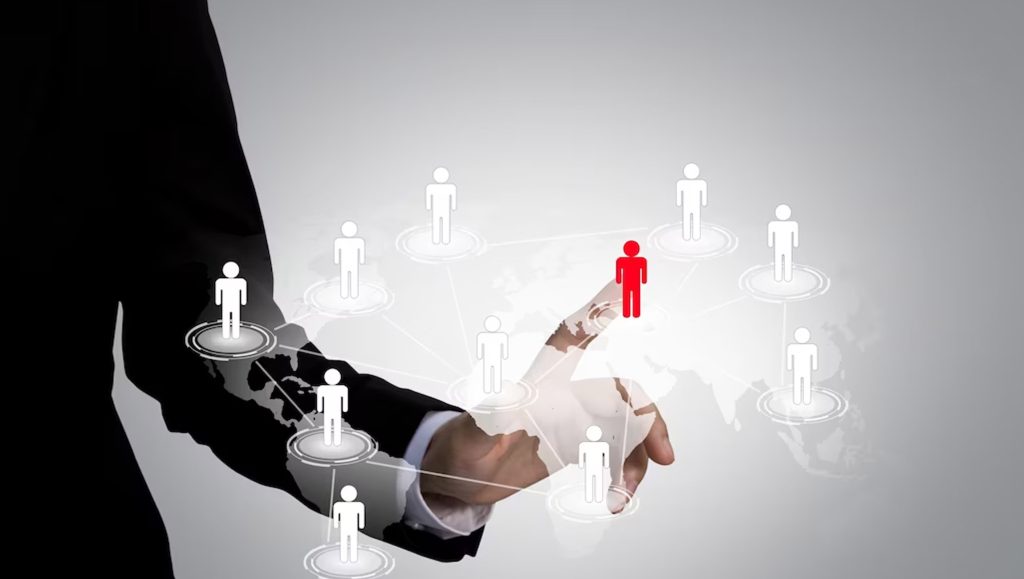A rocky 2020 put enablement leaders on edge, but putting extra thought into sales enablement programs and processes is the key to surviving 2021’s uncertainty.
There’s a feeling of hope floating about as an ugly 2020 gives way to a fresh new year — one with possibilities for a steadily recovering economy and COVID-19’s weakened grip on our lives. We’re already seeing some bright spots: For example, the U.S. labor market has somewhat bounced back from its double-digit unemployment numbers to 6.9%, as reported in the Wall Street Journal a few weeks ago. But there remains some uncertainty, as the economic outlook likely hinges on what course the coronavirus will take this year.
Read More: SalesTechStar Interview with Rory Gray, VP of Sales, UK & Ireland, at UiPath
2021 and all its challenges may be the ultimate test for sales enablement practitioners. Charged with ensuring the success of the sales team through training and skills acquisition, enablement programs this year must be more impactful than ever and laser-focused on keeping sellers producing amid economic uncertainty. Sales enablement practitioners will need to prioritize a number of factors in order to help their programs succeed in 2021.
Leverage Technology. Historically, sales enablement technology has been an afterthought, with sales leadership defaulting to an LMS. But virtual, remote work — a continuation of 2020’s “next normal” — will ensure a stronger business case for robust sales readiness and enablement technology, as sellers need more effective tools to improve productivity, effectiveness and better engage with prospects. Forrester agrees. In “Predictions 2021: B2B Sales,” the market research company asserts that “in the face of pandemic-related challenges…57% of B2B sales leaders plan to make deeper investments in tools with AI and automation.”
Plan Strategic Content. Another factor required for a successful sales enablement program is a strategic plan for content that aligns with business objectives for the next quarter — or better yet, the next year. Even the best sales enablement technology is useless if the content in it isn’t adopted by the sales team or helpful to their cause. Therefore, this year, it’s especially critical for sales enablement practitioners to gain some insight from leadership as to the goals and objectives of the company so that content consumed by sales correlates to what the overall business is trying to achieve.
Change the Narrative. Despite the well-documented benefits of sales enablement programs and technology, there remains a resistance among sales professionals to make use of it all. Engaging with enablement is often regarded as a punitive exercise useful only to onboarding new talent. But given the high stakes of 2021 and the proven benefits of sales enablement done right, this long-held belief must change. This year, sales enablement practitioners and leaders alike are challenged to flip the script and change the narrative around sales enablement, emphasizing enablement as a tool to improve important sales skills on an ongoing basis. One way they can do this is to make content more engaging and relevant to the sales professional’s job and deliver it consistently in easy-to-consume, interesting bites.
Read More: SalesTechStar Interview with Felipe Chavez, CEO and Co-Founder of Kiwibot
Accelerate ‘Ramp’ Times. Finally, accelerating ramp times will be a key part of sales enablement practitioners’ game plan this year. According to the recent “State of Remote Selling Report,” on-boarding reps and getting them productive is by far the No. 1 initiative among 67% of revenue leaders surveyed. In 2021’s remote-work environment, however, this could prove challenging in practice. Sales enablement practitioners can add to their arsenal new enablement techniques, toolsets and infrastructure that allow for seamless virtual learning and collaboration, as well as ways for leadership to track progress and ensure metrics are met. But it’s equally important to define what “ramped” means. This begins with sales leaders and enablement practitioners coming to a consensus on defined data points. (For example, “a new sales rep must hit data points X, Y and Z within a specific time frame before they can be considered ‘ramped.’”) This is best executed after having worked backwards from desired outcomes (ie. higher user-engagement rates, faster deal cycles, increased addressable pipeline, etc.) along with concrete KPIs and tactics to achieve those KPIs.We call this “time to value” instead of “time to ramp.”
Economic indicators may show some positive movement, but we can’t assume to know what lies ahead in 2021. It could be smooth sailing; it could be another roller coaster. Sales enablement practitioners can be ready for any challenges with the proper sales enablement tools and practices in place to ensure the success of their sales teams. After that, it’s just a matter of holding on tight and enjoying the ride.
Read More: Gatekeeper Revolutionises Self-Service Contracts With The Launch Of ‘Touchless Contracts’
Customer Experience Trends are Changing as are Sales and Marketing Alignment Strategies, stay updated on the latest tactics with the SalesStar Podcast!




















